Bird Dog Dealing with Lar Par

I’m not sure I can say “Laryngeal Paralysis” once correctly, let alone three times quickly — it’s a tongue twister. It has also been a vet stumper for a number of years. Until three weeks ago I had never heard of it.
Let me break this diagnosis down in bird hunter terms which I’m certain will drive veterinarians insane from the level of over-simplification. But this isn’t a medical journal, I’m just trying to paint the picture of how we have arrived at this point.
Wyatt is an 11-year-old black lab. He has been my constant companion dating back to before Ultimate Upland. He’s hunted in 25 states, covering thousands of miles, flushing scores of birds. And he has never met another dog or person he didn’t like. The last few seasons found him slowing down and showing signs of age, wear and tear. Many of the symptoms have been respiratory issues. On hot days, especially in prairie environments, his breathing would be labored. I wouldn’t describe it as wheezing. It was a rasp that would build up the further we hiked. In cooler, non-grasslands environments the symptoms would be less pronounced. Hunting is hard work for dogs and it’s not unusual for our dogs to be breathing heavy.
The last few years I’ve really had to limit his activity. I just assumed he was getting old — maybe I also wished that was all it was, too. He has no desire to slow down and will hunt to exhaustion if given the chance.
We’ve seen no fewer than five different veterinarians in this time. That’s not a knock on vets, Wyatt is a crafty bastard who doesn’t like to be benched. In most cases we would show up at a vet office while traveling and he would be asymptomatic. I would describe the events leading up to the appointment in the best detail possible. The resident veterinarian would listen to his lungs, listen to his heart, poke and prod him, look down his throat, do X-rays. None of those tests would reveal definitive answers and usually we would be sent on our way with a precautionary course of steroids and/or antibiotics. Because his breathing difficulties were often more pronounced in grasslands, the thought was he was having some allergic reactions.
But after a trip to Michigan this spring his breathing ailments seemed to compound and despite a jovial demeanor and bright eyes he wasn’t able to mask symptoms at our home vet any longer. We threw one more round of steroids at it but also scheduled time with a specialist. Even though Laryngeal Paralysis (Lar Par) is the result of a degenerative nerve disease, the steroids still had some benefit, which I find hard to reconcile. I guess I still had hopes this was allergy or asthma related and could be treated with medication.
Within minutes of talking to the specialists about Wyatt’s history, three separate doctors all came to the same conclusion: this is text book Lar Par — some of the other symptoms they noted were weakness in his back legs/ feet and walking that is a bit off-kilter. Degrading nerves aren’t limited to the damage causing paralysis of the larynx. Although news to me, Laryngeal Paralysis isn’t that uncommon in canines, especially larger breeds and Labradors.
My layman’s understanding: there are essentially flaps atop the airway that open upon inhale and also close off when eating and drinking. The partial paralysis that Wyatt experiences means the larynx is not opening and closing, obstructing his airway. As the nerve damage advances, so too the paralysis and obstruction.
Treatment is surgical and hopefully life saving for Wyatt, though it obviously does not cure degenerative nerve disease. The surgeon makes an incision and enters the side of the neck and will use heavy-duty sutures to permanently open one side of the larynx, often referred to as a “tie-back”. Success rates are considered quite good, I’m assured. Honestly, the thought of a permanently open airway sounds a bit freaky, but still preferable to the alternative suffocation.
Post-op recovery can be a long process with pitfalls. Wyatt will have to learn to eat and drink in a safe way. The biggest risk is the threat of pneumonia during this learning and healing process. Apparently meatballs are part of the prescribed treatment so I have visions of him taking to this “therapy” a bit too well.
Unfortunately, his swimming days are probably over because the risk of drowning is real with an open larynx. That’s gonna be an adjustment for a dog that prefers swimming to almost any other activity. He will also lose his voice. I will miss it but have full confidence in his ability to find a new way to communicate his disgust.
The prognosis for activity levels in the future is mixed depending on which specialist is in the room. Our surgeon described it this way, “Yes, one side of his larynx will be open, BUT he’ll still only have fifty-percent of the intake capacity of a normal dog.” And that may well be true. But Wyatt isn’t a normal dog. Two years ago prior to this diagnosis, I climbed with him to 12,000’ on a multi-day search for Ptarmigan where oxygen levels are 25% lower. We can only speculate the level of airway obstruction due to paralysis at that time.
I’m not gonna count him out.
All these tests and expert opinions still cannot accurately quantify the size of his heart.

Because he was often asymptomatic at the vet, I began videoing him in the field and sharing them when we would schedule appointments. The first two are from two years ago. The final one is in the waiting room last month and what prompted a referral and accurate diagnosis by veterinary specialists.

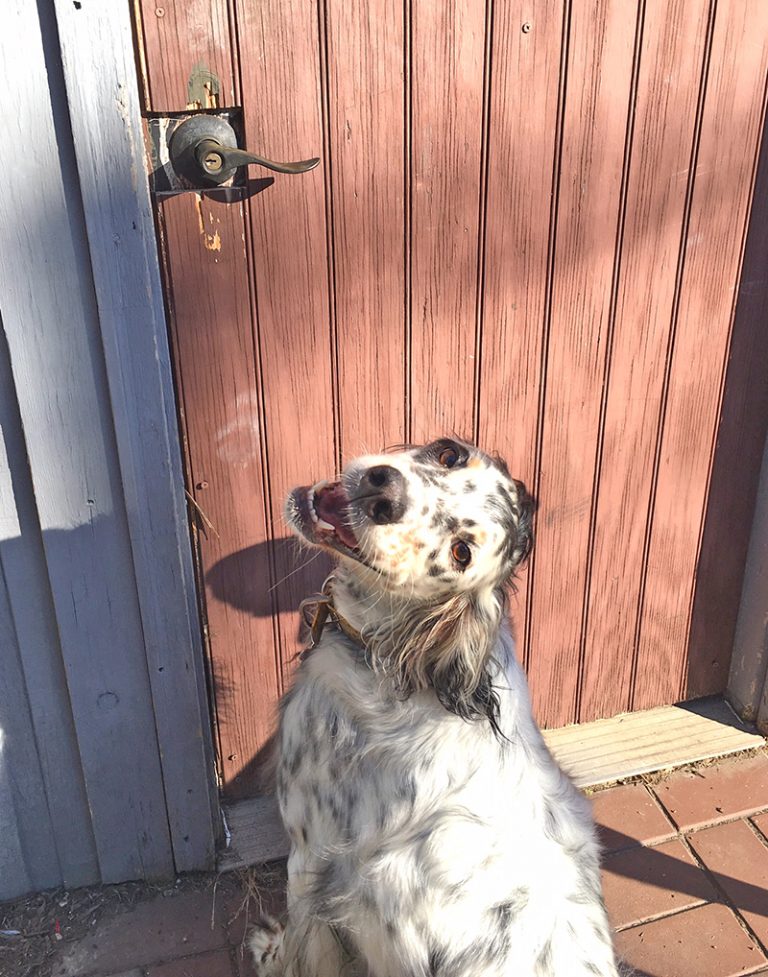
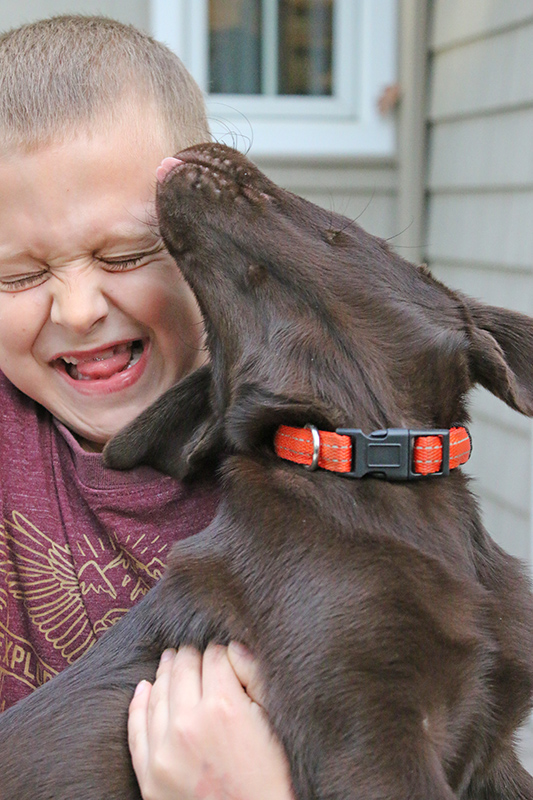
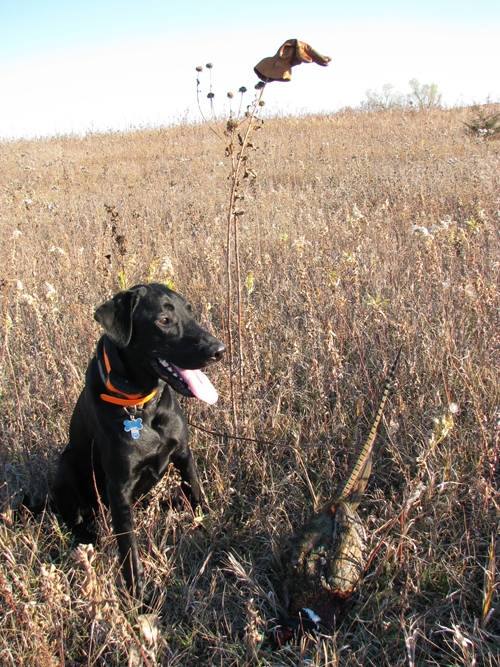
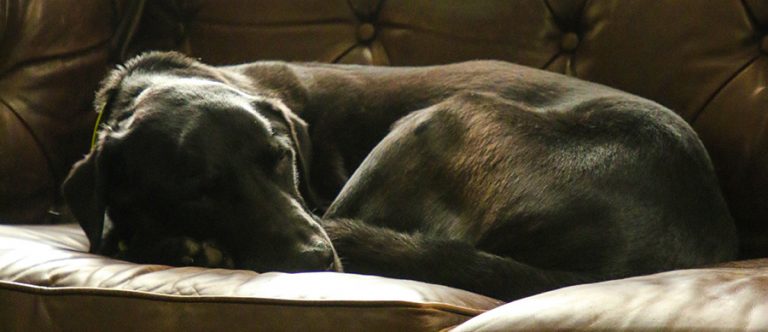
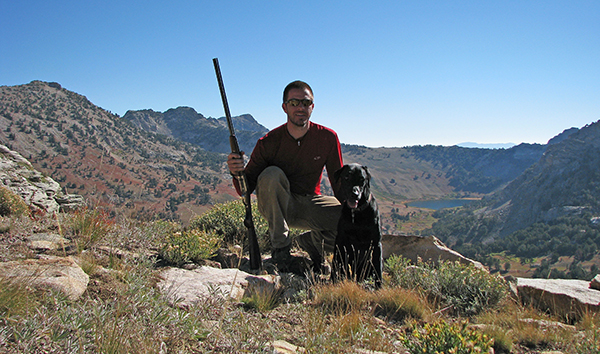
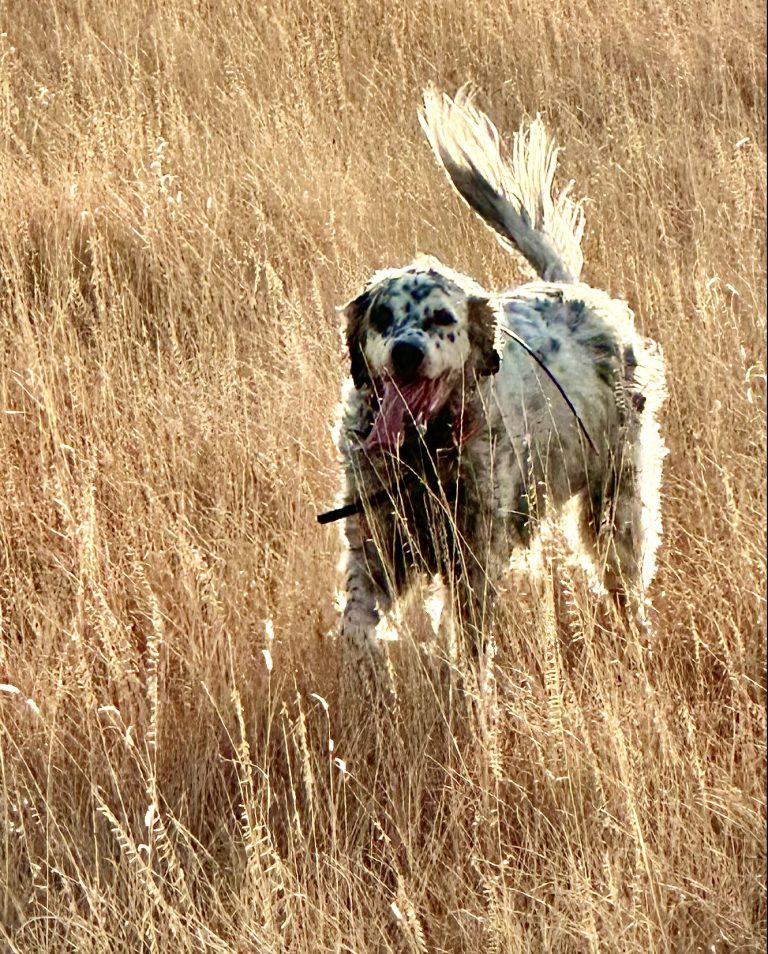
This made me cry. Our 5 y.o. GSP was just diagnosed. 5! He is a workhorse of a dog, loves the field, and lives to please us. Our hearts are broken knowing his main hunting days are cut short at such a young age. He had potential to be a legend. We will not be doing the tie-back with him so young, unless his symptoms progress rapidly. I’m so sorry about your boy, too. Lar Par is awful.
Hopefully it progresses slowly. It is good to get a diagnosis early so that you know with what you’re dealing. In really cold weather the symptoms seem less pronounced, so maybe you’ll be able to let your pup run free on those days. The tie-back is very invasive, very expensive and takes a long time to recover. I will be taking Wyatt hunting in a few weeks, the first time since his surgery. It will not resemble our glory days afield, but we are gonna have fun remembering those together one last time.
I would not wait too long for the surgery. My Lab had mild, periodic symptoms for a year (he was undiagnosed though several times I mentioned this to my vet who, like most general veterinarians, was not familiar enough with LP to recognize it). Then, horrifically, one morning he retrieved a duck from water, struggled to shore, vomited, collapsed, and almost suffocated to death. At the emergency vet, he vomited, turned blue, and collapsed again. The ER vet saved his life. That was how he was diagnosed. It was awful. At all costs, I would want to spare my beautiful boy that experience; it was traumatic and there was nothing I could do but try to calm him down (I thought it was a heart attack.) He had TB surgery a month later. He turned 13 a week after his collapse. His rear end weakness has not advanced much, though we keep a help em up harness with us in case his symptoms evolve suddenly as before. This is a long way around to saying that this horrible disease can get deadly quickly. (BTW – my surgeon allows swimming as long as he is a calm swimmer – and he is. For the muscles in his hind end and for his overall health, swimming exercise is probably the best form – esp in this heat.)
Thank you for sharing. As soon as we had a diagnosis, we opted for the surgery. For those who are curious, it is an expensive procedure as well as somewhat dangerous. We choose to make those sacrifices because of how much the dogs give to us (but it must be a gut-wrenching decision for some). Without the surgery you are left with two choices, put your companion down or let nature take its course and be forced to watch you companion suffocate.